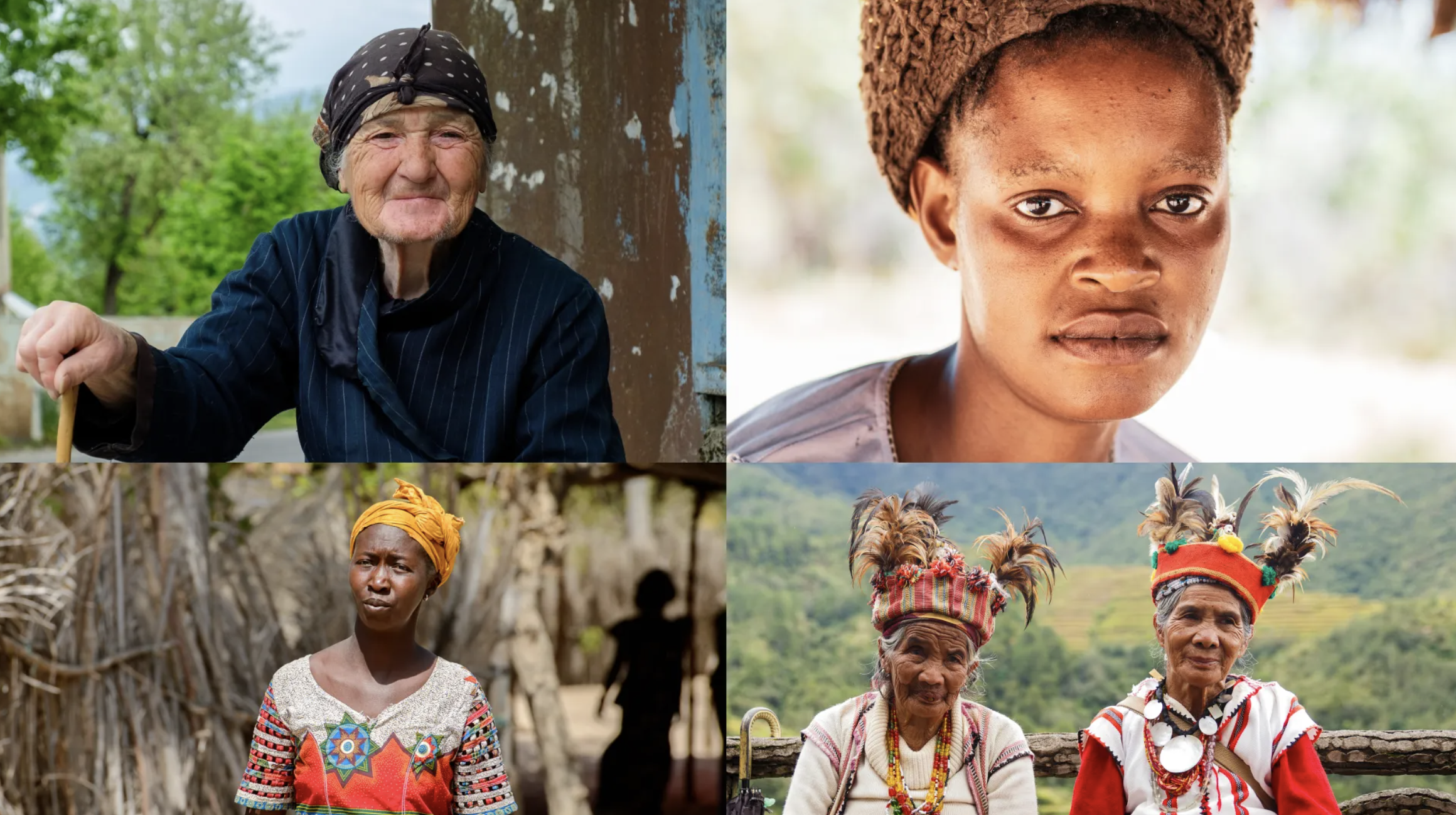Georgia is a post-Soviet republic bordering Russia, Azerbaijan, Armenia and Turkey. Georgia became independent in 1991 and did not join the Commonwealth of Independent States (CIS). Its current population is 3.7 million people. Georgia, like other post-Soviet republics, inherited the Semashko model, a single-payer health system that is universally accessible and tightly centralized. Georgia consistently spent between 7% and 8% of GDP on health in the last two decades.[1] Per capita current health expenditure (CHE) was Int$ 1,108, compared to Int$ 984 for CIS countries. Out-of-pocket (OOP) spending was as high as 80% of CHE in 2005 and has consistently declined over time, reaching 47% in 2019 and 2020, which is still considered high.[2]
The low level of public spending on health is partly explained by recent civil wars and conflicts in Georgia. Following the revolution in 2003, the new government radically reformed the economy by reducing the bureaucracy, including the role of the government in health financing. Currently, most health care providers are private because of privatization reforms implemented from 2007 through 2012. These reforms include the hospital sector, which operates with very limited governance and oversight from the Ministry of Health (MOH), which retained a regulatory function.
Steps taken towards universal health coverage
Since 1 November 2022, the MOH has been introducing diagnostic related groups (DRGs) as a practice to calculate tariffs for health care services provided by hospitals. The MOH envisions that by setting tariffs through DRGs, patients will be relieved of OOP spending while MOH-regulated payments will adequately reimburse providers.
[1] World Health Organization, Global Health Expenditure Database, accessed 30 March 2023.
[2] Copenhagen: WHO Regional Office for Europe, Rethinking primary health care financing in Georgia, 2021 License: CC BY-NC-SA 3.0 IGO, accessed 30 March 2023.



